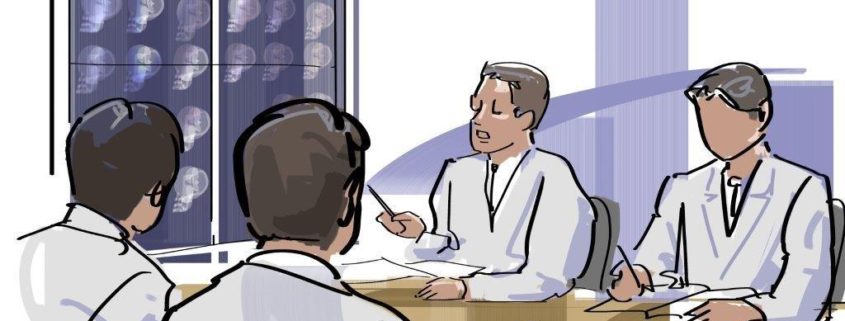Drug treatment facilities utilize a wide range of services to assist patients in the recovery process. Their main goal is to provide the patient with the correct level of support to aid in stopping the substance abuse now and to provide tools for success for a lifetime without substance abuse. Depending on the facility, a patient undergoes a non-12 step drug rehab or a 12-step drug rehab. A non 12-step drug and alcohol rehab has many benefits for patients that aren’t possible with a more traditional approach.

Image Source
A non 12-step drug rehab goes beyond looking at the addiction as the entire problem. Programs in this classification take into consideration that the addiction is only part of the problem. And although it may have caused a great deal of issues such as problems with custody of children, legal problems and financial ruin, the addiction wasn’t the problem that led to these dilemmas. In non 12-step programs, professionals search for the cause of the addiction to address why the patient began using. They look at every aspect of the substance abuse problem to devise a comprehensive approach to treatment. A 12-step program uses medications and treats the symptoms to relieve the main concern. However, a non 12-step program, doesn’t just treat the symptoms in an effort to treat and prevent the problem. It goes beyond that.
A 12-step program takes responsibility away from the patient. The patient is taught that a higher power will guide them through. It oftentimes leads to patients not feeling as personally responsible for the issues they caused or their recovery. A non 12-step program takes an entirely different approach. They believe in empowering the patient. They encourage the patient to take responsibility. Ultimately, the program revolves around the concept that if the patient wants to quit, he or she needs to take the initiative to do so. The facility offers support and help, but in a manner that gives the patient the motivation to quit. They encourage the patient to find the strength or whatever is going to assist in recovery. Overall, the program’s belief is that patients are more likely to relapse when they are unsupervised when they’re not given inspiration and the power to become self-reliant.
A non 12-step program has more flexibility than a traditional program. A 12-step program encourages patients to follow a strict pattern of steps for recovery. There’s no leeway or tailoring the program to the patient’s specific needs. The patient must try to keep up at a pace advised by the program coordinator. However, a non 12-step program is much more flexible. It adjusts to the patient’s needs. Additionally, it takes into consideration the patient’s pace. This is another aspect of the program that allows the patient much more control over his or her condition. Rather than the patient admitting he or she is powerless under the influence of a substance, this type of program encourages the patient to summons all of his or her power to triumph over the addiction.
Sometimes, a 12-step program makes the patient feel guilty or bad about him or herself not keeping up or being successful with the treatment plan. The program won’t change to accommodate the patient. A non 12-step program, on the other hand, finds new ways to help the patient through every step, even if he or she is experiencing multiple moments of weakness. Re-establishing self-esteem is one of the key factors in a non 12-step program, which is not accomplished through telling the patient to keep up with the pace or you’re not going to accomplish the ultimate goal of sobriety. A non 12-step program understands every person is different, especially in terms of his or her recovery, and needs to be treated as such.
While a 12-step program states that the patient will never fully recover from the addiction, a non 12-step program’s belief is that recovery is possible, but it takes work, dedication, therapy and support. With a more positive outlook, patients have the ability to project a brighter future as opposed to assuming the addiction will always be a problem.

